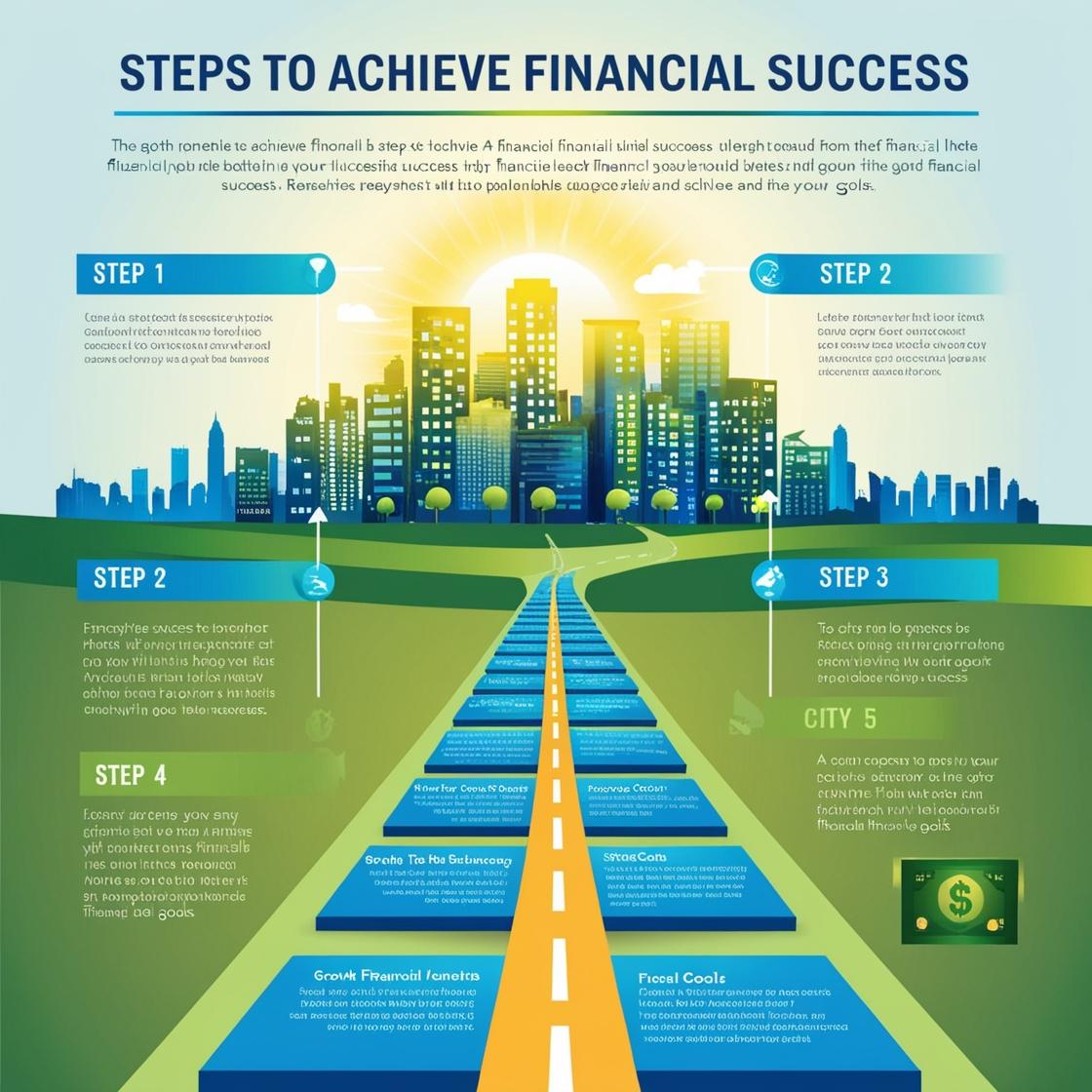
Achieving financial success doesn’t happen overnight; it’s a journey that requires discipline, planning, and strategic action. The pathway to wealth can be visualized in seven distinct levels, each building upon the previous one. Here’s a detailed guide to help you understand and navigate through these levels, turning money into a powerful tool for achieving your financial goals.
Level 1: Living Paycheck to Paycheck
Overview: This is where many people start. In this stage, your income is entirely consumed by your immediate expenses, leaving little to no room for savings.
Actionable Steps:
– Track Your Spending: Begin by monitoring where your money goes each month. Identify unnecessary expenses and areas where you can cut back.
– Create a Basic Budget: Develop a simple budget to ensure that essential needs are prioritized. This will help you gain control over your finances and start setting aside some money for savings.
Level 2: Budgeting Money
Overview: Budgeting is the foundation of financial stability. It involves planning your finances to ensure you live within your means.
Actionable Steps:
– Use Budgeting Tools: Utilize budgeting apps or spreadsheets to map out your monthly income and expenses.
– Allocate Funds Wisely: Ensure that you have allocated funds for necessities, savings, and discretionary spending. Regularly review and adjust your budget as needed to stay on track.
Level 3: Paying Down Debt
Overview: Reducing and eventually eliminating debt is crucial for financial freedom. High-interest debt can be a significant barrier to saving and investing.
Actionable Steps:
– List and Prioritize Debts: Make a list of all your debts and prioritize them by interest rate or balance.
– Choose a Repayment Strategy: Consider strategies like the avalanche method (paying off the highest interest rate first) or the snowball method (paying off the smallest balances first).
– Pay More Than the Minimum: Whenever possible, pay more than the minimum required payment to accelerate debt repayment.
Level 4: Saving an Emergency Fund
Overview: An emergency fund acts as a financial safety net, protecting you from unexpected expenses and financial shocks.
Actionable Steps:
– Set a Savings Goal: Aim to save 3-6 months’ worth of living expenses.
– Automate Your Savings: Set up automatic transfers to a separate savings account to ensure consistent contributions.
– Cut Non-Essential Expenses*: Reduce spending on non-essential items to boost your savings rate.
Level 5: Investing in Assets
Overview: Investing allows you to grow your wealth and achieve long-term financial goals.
Actionable Steps:
– Start with Diversified Investments: Begin with low-cost index funds or ETFs to diversify your portfolio.
– Contribute to Retirement Accounts: Regularly invest in retirement accounts such as a 401(k) or IRA to benefit from tax advantages and compound growth.
– Educate Yourself: Learn about different asset classes, including stocks, bonds, and real estate, to make informed investment decisions.
Level 6: Building Multiple Income Streams
Overview: Diversifying your income sources reduces financial risk and accelerates wealth building.
Actionable Steps:
– Explore Side Hustles*: Identify and pursue side hustles or freelance opportunities that align with your skills and interests.
– Invest in Income-Generating Assets: Consider rental properties, dividend stocks, or other investments that provide a steady income.
– Start a Business: Launching a small business or online venture can create an additional income stream and potential for significant growth.
Level 7: Having Financial Freedom
Overview: Financial freedom is the ultimate goal, where work becomes optional, and you have sufficient resources to maintain your desired lifestyle indefinitely.
Actionable Steps:
– Monitor and Adjust Investments: Continuously review your investment portfolio to ensure it aligns with your long-term goals.
– Focus on Passive Income: Build passive income streams to reduce reliance on active income. This can include dividends, rental income, or interest from investments.
– Plan for the Future: Engage in long-term financial planning, including retirement and legacy planning, to ensure lasting financial security.
Money is a Tool: Make Every Dollar Work for You
To reach financial freedom, it’s essential to treat money as a tool. Every dollar should have a purpose, whether it’s for investment, saving, or necessary expenses. By aligning your spending and saving habits with your financial goals, you can make money work for you, maximizing returns and minimizing waste.
Regularly review and optimize your financial strategies, and remember that the journey to financial freedom is a marathon, not a sprint. With persistence and strategic planning, you can progress through these levels and achieve the financial freedom you desire.




